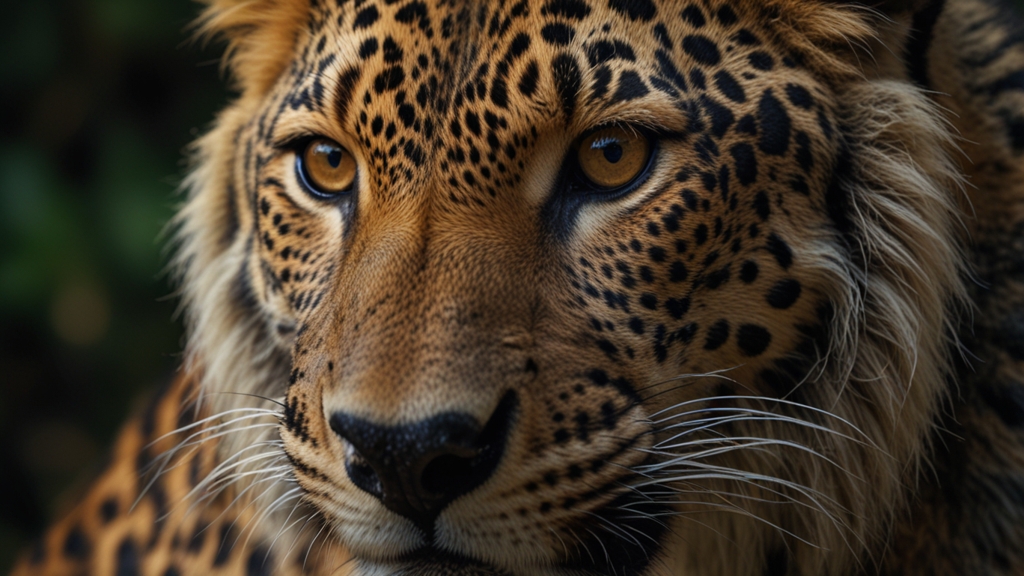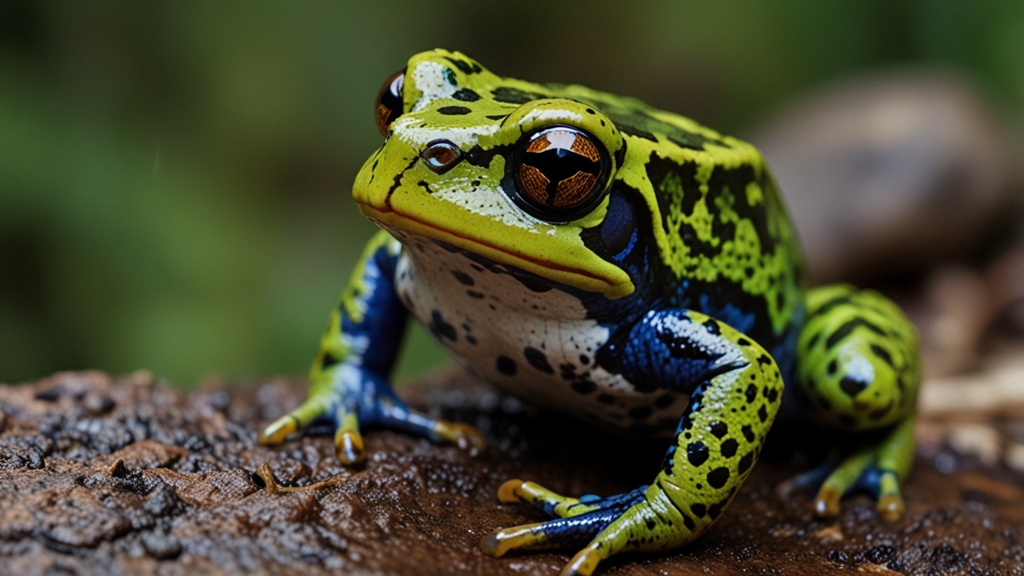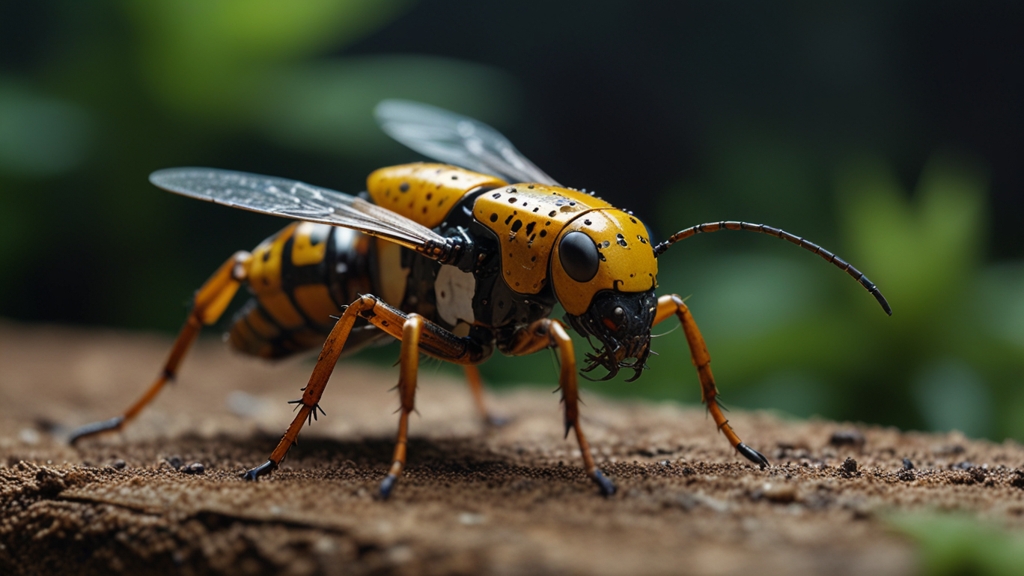The Mammal Kingdom: Unmasking Nature's Most Fascinating Creatures
When we talk about the natural world, mammals often hold a special place in our hearts and minds. This diverse and complex class of animals includes everything from the smallest shrews to the largest whales. With over 6,400 species, mammals can be found in nearly every habitat on Earth, from the deepest oceans to the highest mountains. Let’s delve deeper into the mammal kingdom and explore some of nature's most fascinating members.
Understanding Mammals
Mammals, members of the class Mammalia, are distinguished by several unique characteristics. They possess mammary glands, which females use to nurse their young, hair or fur, and three middle ear bones. Moreover, mammals are warm-blooded, maintaining a constant internal body temperature regardless of external conditions.
These features have enabled mammals to adapt to a wide variety of environments, resulting in an incredible array of forms and behaviors. Now, let’s explore some of the most captivating mammals that showcase the diversity and wonder of this animal class.
The Majestic Elephants
Elephants, the largest land animals on Earth, evoke a sense of awe and admiration. These gentle giants are renowned for their intelligence, social behavior, and strong family bonds. Elephants possess a highly developed brain and exhibit behaviors such as problem-solving, empathy, and even a sense of self-awareness.
“Elephants are not only larger than life but their intelligence and emotional depth make them one of the most intriguing mammals.”
Moreover, their conservation status has brought global attention to the need for wildlife protection. Poaching and habitat destruction have dramatically reduced elephant populations, highlighting the importance of conservation efforts.
The Enigmatic Bats
Bats often evoke mixed feelings in people—ranging from fear to fascination. These nocturnal creatures are the only mammals capable of sustained flight. They use echolocation, emitting high-frequency sounds to navigate and hunt in the dark, a technique that makes them extremely efficient predators of insects.
Bats also play essential roles in ecosystems. They pollinate flowers, disperse seeds, and control insect populations, contributing to the health of various habitats. Despite their ecological importance, bats often face threats from habitat loss and diseases like White-nose Syndrome.
“Bats are one of the most misunderstood mammals—they are vital for ecosystem balance and their unique abilities make them a subject of scientific marvel.”
The Playful Dolphins
Dolphins, with their playful behavior and high intelligence, are beloved marine mammals. These creatures are known for their complex social structures and communication skills, using a combination of vocalizations and body language to interact with one another.
Studies on dolphin cognition have shown that these animals possess advanced problem-solving abilities, self-awareness, and even the capacity to understand human-made languages to some extent. Their frequent displays of altruism—such as aiding injured individuals and sharing food—showcase a depth of empathy rarely seen in the animal kingdom.
The Resilient Arctic Fox
In the harsh Arctic tundra, the Arctic fox stands as a symbol of resilience and adaptability. These small foxes have thick fur that changes color with the seasons, providing camouflage against the snowy landscape in winter and the thaws of summer.
Arctic foxes are opportunistic feeders, with a diet that includes everything from small rodents to carrion. Their ability to survive in extreme conditions, enduring temperatures as low as -58°F (-50°C), is a testament to the remarkable adaptability of mammals.
“The Arctic fox embodies survival and adaptability, illustrating how mammals can thrive in some of the most extreme environments on Earth.”
Conclusion
The mammal kingdom is rich with extraordinary creatures, each contributing uniquely to the tapestry of life on Earth. From the intelligence of elephants to the ecological importance of bats, the playful nature of dolphins, and the resilience of Arctic foxes, mammals inspire wonder and curiosity.
As we continue to study and learn from these animals, it’s crucial to protect their habitats and ensure their conservation. Our understanding of mammal diversity not only enriches our knowledge of the natural world but also highlights our responsibility to preserve it for future generations.










